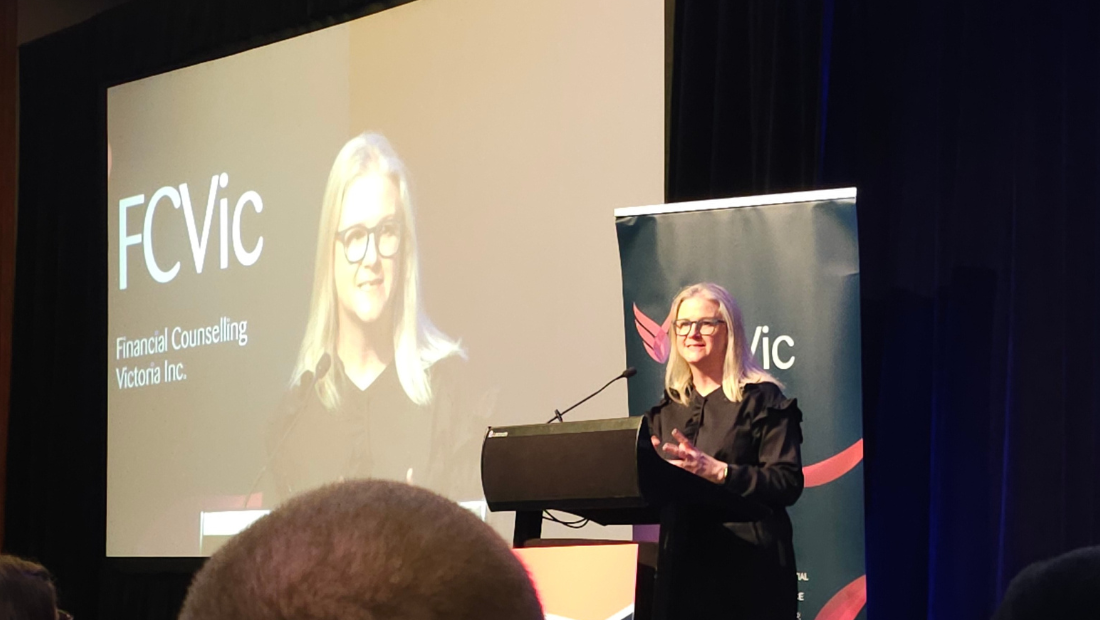On this page:
The Ombudsman's view
"We’ve seen a sharper impact of winter bills this year - high gas bills were up 190% compared with the previous quarter and 92% compared with the July-September quarter last year.”
In the first quarter of the new financial year, we saw clear signs that the cost of living is creating significant affordability issues for consumers.
EWOV usually sees a higher number of cases arising from winter bills. However, our July-September quarter data shows EWOV received our highest quarterly case load volume (5,631) for two years. This was a 61% increase quarter on quarter from April – June, and up 21% on the July-September quarter figures from last year.
High bills were a key driver of our case load this quarter, primarily relating to high gas bills – which were up 190% compared with the previous quarter and 92% compared with same July-September quarter last year. This suggests high gas prices, in combination with higher winter heating usage, has been a key driver of higher billing issues.
In the broader context of record low mortgage affordability and sharp rental increases, we’re seeing these cost-of-living pressures affect households ability to make ends meet [1]. We saw an increase in cases related to both arrears arising from payment difficulty and also around difficulties accessing key entitlements or supports to help prevent payment difficulty.
The rollout of the Commonwealth Government’s Energy Bill Relief is providing some welcome relief to consumers – though it also appears to be exposing concession validation issues in retailer’s systems. As cost-of-living pressures continue, it is crucial that retailers ensure they are providing their customers with the supports they are entitled to.
It has been just over a year since I joined EWOV, and in this time two key themes have stood out – the growing affordability challenge already mentioned, and the policy debate around the accelerating transitioning market. The pace of change in the transitioning energy market has been remarkable, and EWOV has been actively contributing to the policy debate with insights from our case work.
Finally, we released our annual report in early November, including insights into cases we received, analysis of our performance against our strategic priorities, key improvements completed throughout the year, outcomes of our outreach and more. Access the full report here.
Read on for more detail in the latest edition of Reflect. As always, you can find more data relating to our casework in the Data Hub.


